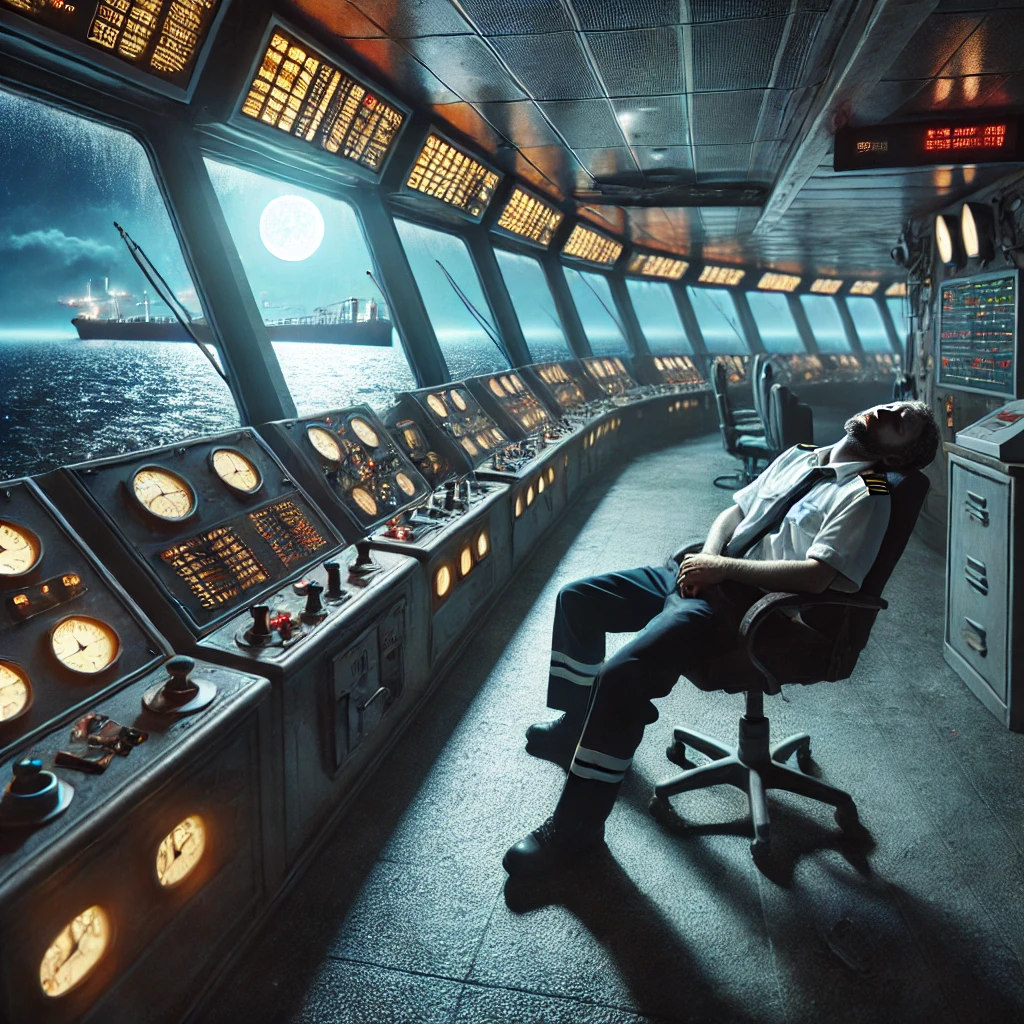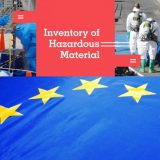Globalization makes the Malaysian maritime industry an international business which requires all relevant individuals to meet global standards. The provision of Maritime Education and Training (MET) has been providing a significant talent pool for the port and shipping sector over the past decades.
In recent years, artificial intelligence, automation and digitalization are dramatically transforming the maritime business. These technologies have precipitated a profound social and economic revolution in the maritime industry. The future of the Malaysian MET must be envisioned in terms of local context as well as with an eye on the global stage.
Thus, we must learn to stay up to date with technological innovation. Future generations must be molded by inter-disciplinary learning, individually tailored and oriented on human skills.
Most MET programs now provide students with the opportunity to begin with theoretical knowledge that has been abstracted from applicability in the profession. However, there seems to be a disconnect between theory and the “real” working world, and this is one of the biggest problems MET is facing right now.
To mitigate this problem, one strategy to assure educational quality and better prepare students for future jobs is to continuously update and included the latest technology and innovation into the curriculum and also to engage actively with the industry.
For the maritime industry to be sustainable, there is a need to switch from knowledge-based to competency-based training, and for working professionals to regularly learn and recertify their skills. Therefore, collaboration between MET and the industry is important.
To meet the challenge of learning in this age of technology advancement and innovation, it is suggested that transformative learning be used by MET providers. Transformative learning is one theory of learning, and particularly focuses on adult education and young adult learning.
Transformative learning is also sometimes called transformational learning, and focuses on the idea that learners can adjust their thinking based on new information. Transformative learning has three stages of “perspective transformation”, i.e., psychological (changes in understanding of the self), convictional (revision of belief systems), and behavioral (changes in lifestyle).
Focusing on transformative learning will help a new generation of students become professionals who are strong, curious, and creative, and will encourage students to learn how to be lifelong learners. They will have the ability to adapt, be flexible, be able to recognize the importance of each scenario, appreciate other people’s perspectives, deal with rejection and failure, and keep moving forward regardless of the circumstances.
However, education is a long process, and so the government, MET providers and maritime stakeholders must work together and prioritize long-term plans which address the root of the problems over quick fixes.





